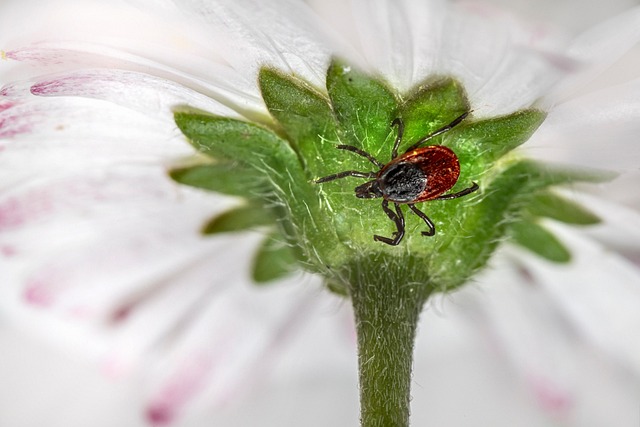Understanding mosquito and tick behavior is key to effective control. Eliminate breeding sites, schedule outdoor activities, maintain trimmed lawns, and use natural repellents for eco-friendly solutions. Implement physical barriers, targeted insecticide application, seasonal maintenance, and community collaboration for comprehensive mosquito and tick control in yards.
Keeping your yard free from mosquitoes and ticks is essential for outdoor enjoyment. This comprehensive guide explores effective strategies for safe mosquito and tick control, ensuring a comfortable living space without resorting to harmful chemicals. From understanding insect behavior to implementing natural solutions, seasonal maintenance, and community collaboration, discover a holistic approach to protecting your outdoor haven.
Understanding Mosquito and Tick Behavior
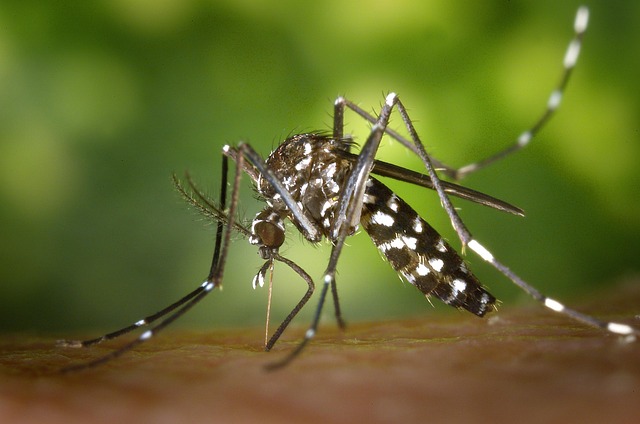
Mosquitoes and ticks are outdoor pests that thrive in humid, shaded areas with abundant vegetation. Understanding their behavior is crucial for effective mosquito and tick control. Mosquitoes often breed in stagnant water, so eliminating standing water around your yard can significantly reduce their population. They are most active during dawn and dusk, so planning outdoor activities at different times of the day can help avoid bites. Ticks, on the other hand, prefer lush, woody areas with high vegetation, making it essential to maintain a well-trimmed lawn and remove dense underbrush. Knowing their preferred habitats allows for targeted control measures, reducing the risk of bites and diseases they may transmit.
Natural Repellents and Deterrents
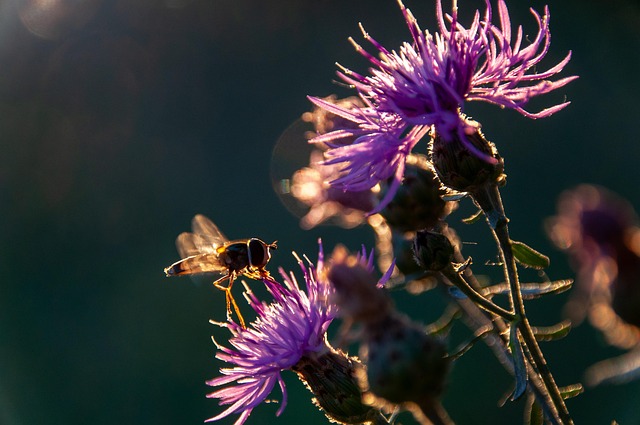
Natural repellents and deterrents offer a safe and eco-friendly approach to mosquito and tick control for yards. Plants like citronella, lavender, marigolds, basil, and lemongrass are known for their mosquito-repelling properties and can be strategically placed around outdoor living spaces. These aromatic plants release compounds that mask human odors, making it harder for mosquitoes to locate and bite.
In addition to plants, certain essential oils derived from natural sources are effective deterrents. Peppermint, eucalyptus, and neem oil have powerful insect-repelling qualities. When mixed with water and sprayed around entry points and seating areas, these natural solutions can significantly reduce mosquito populations without harmful chemicals, ensuring a comfortable outdoor environment for residents and their pets.
Implementing Physical Barriers
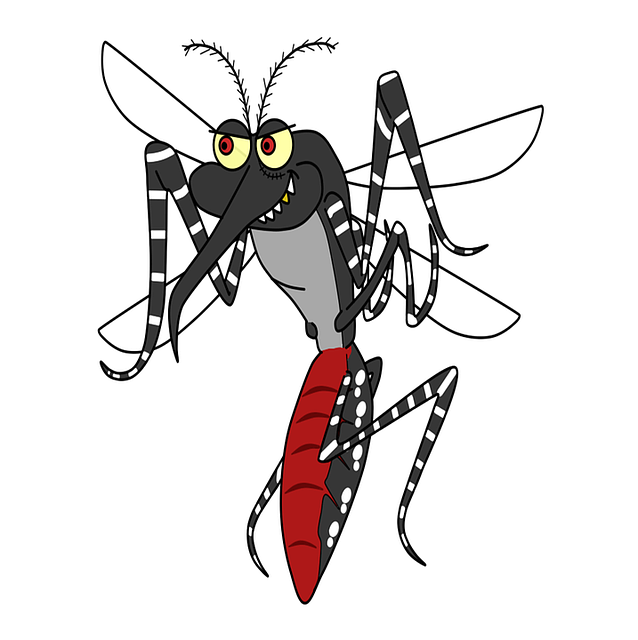
Implementing physical barriers is an effective strategy for both mosquito and tick control in your yard. One of the simplest methods is to install fine mesh screens around patios, decks, and other outdoor living spaces. These screens create a barrier that prevents mosquitoes and ticks from accessing areas where people gather, providing a more comfortable and safer environment.
Additional physical barriers include planting dense vegetation or installing hedges around the perimeter of your property. These natural obstacles can help block mosquito and tick entry points, as these pests often seek out open spaces and tall grass for resting and feeding. Regularly trimming and maintaining this vegetation ensures its effectiveness in mosquito and tick control.
Targeted Insecticide Application
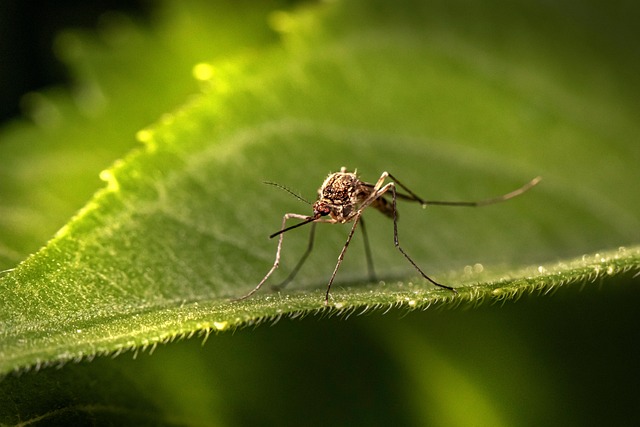
One effective method in the arsenal of safe mosquito and tick control for yards is targeted insecticide application. This strategy involves precisely delivering pesticides to areas where mosquitoes and ticks are most likely to congregate, such as tall grass, shrubs, and around standing water. By focusing on these specific habitats, you can significantly reduce pest populations while minimizing the need for widespread spraying, which may harm beneficial insects and the environment.
Professionals use advanced equipment like aerial sprayers and granular applicators to ensure the insecticides reach every nook and cranny of your yard. They follow strict protocols and guidelines to prevent any adverse effects on human health and local ecosystems. This targeted approach not only proves more eco-friendly but also offers better value for money compared to blanket treatments that may be less effective against specific pest hotspots.
Seasonal Maintenance Strategies
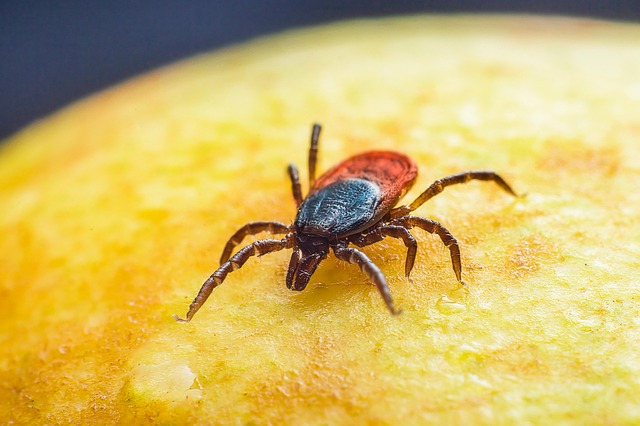
Maintaining a safe and pest-free yard involves strategic seasonal planning, especially when it comes to controlling mosquitoes and ticks. During the warmer months, when these pests are most active, regular treatment and maintenance are key. Property owners should consider implementing a comprehensive mosquito and tick control program that includes both chemical and natural methods. This might involve setting up mosquito traps, applying EPA-approved insecticides, and using organic repellents to create a protective barrier around the yard.
In addition to these tactics, seasonal maintenance includes keeping the yard tidy by removing standing water sources where mosquitoes breed, trimming vegetation to reduce their hiding spots, and regularly cleaning outdoor living areas. Fall and winter offer an opportunity for deep cleaning and preparation for the next season. Treating garden beds with organic solutions and ensuring proper drainage can significantly reduce pest populations before they peak again in spring.
Community Collaboration for Control
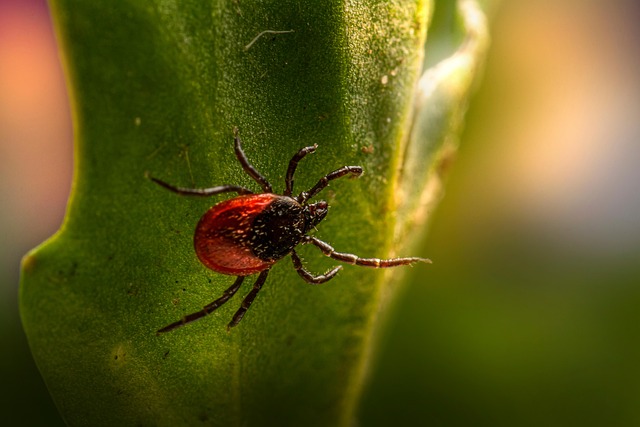
In many areas, effective mosquito and tick control requires a collaborative effort from the entire community. By working together, neighbors can create a more robust and sustainable plan to manage these pests in shared outdoor spaces like parks, playgrounds, and common yards. This collective action involves simple yet powerful strategies such as removing standing water, installing bat houses, and using natural repellents.
Community members can also organize regular clean-up events where they eliminate potential breeding grounds for mosquitoes and ticks. Additionally, sharing information about the latest control methods and best practices ensures everyone is equipped to take preventive measures. Through these collaborative efforts, communities can significantly reduce mosquito and tick populations, enhancing outdoor enjoyment for all residents.
